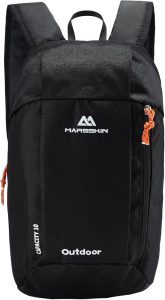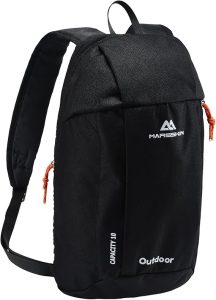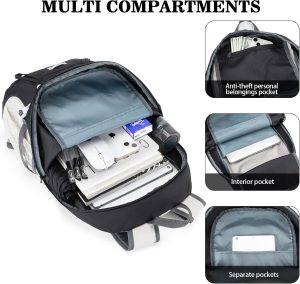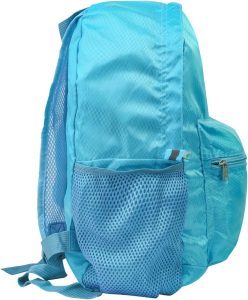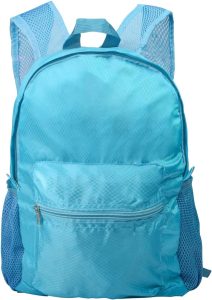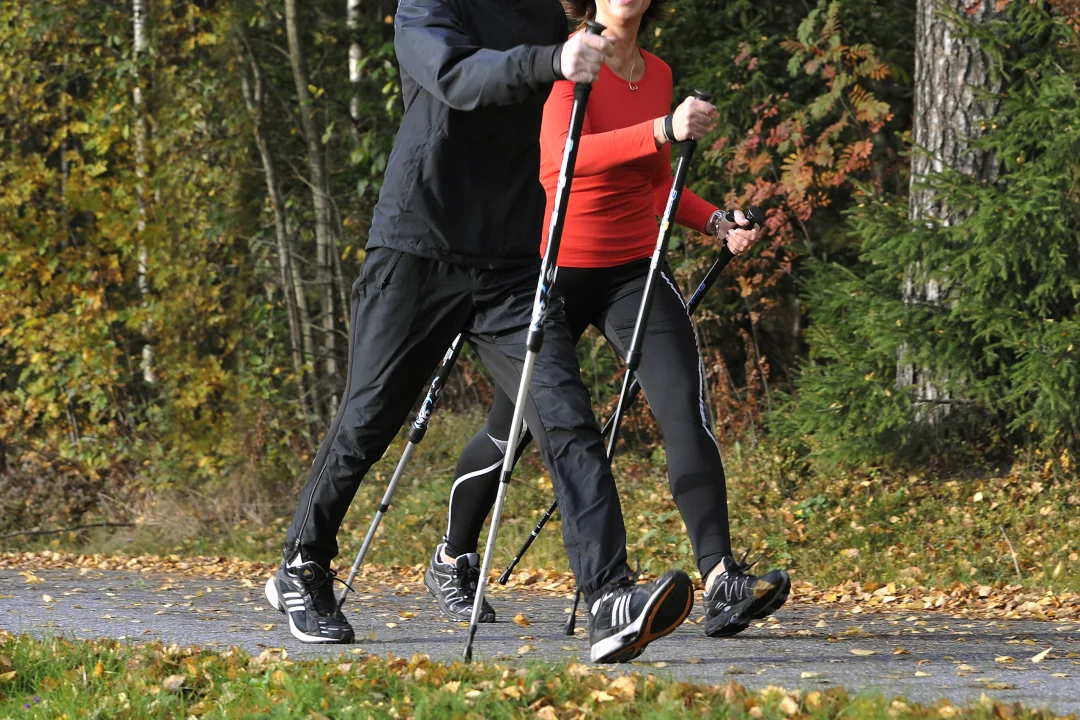Trekking poles and hiking sticks are standard equipment for walkers, hikers, and backpackers looking for balance and mobility. They are standard hiking equipment for many because they assist trekkers with their rhythm, provide stability, and reduce strain on joints on rough terrain. Trekking poles and hiking sticks are the main staples used by most hikers. Due to the vast variation and wide option range in trekking poles, it is encouraged to consider the following when purchasing for the first time.
1. A length that is suitable for you
Your goal should always be maintaining a 90-degree bend at your elbow when the pole tips touch the ground. For this reason, we highly recommend adjustable poles with choke-down grips.
2. Amount of poles needed
You will most likely need a pair of poles. Two points of contact to the ground are more effective than one as they provide more balance, stability, and traction. Though two are recommended, some individuals prefer casual walks with a single hiking staff. Decide what works best for your specific needs!
3. Helpful trekking pole characteristics
Trekking poles are designed with multiple and varying features. Pole material, wrist straps, foldability, cork/foam grip material, micro Vario carbon, adjustability, choke-down shaft material, shock absorption, and locking mechanisms (specific to adjustable poles) are just a few of the many characteristics a trekking pole may have. Becoming familiar with these options and their benefits will help you select the best poles for you.
The Difference Between Trekking Poles and Walking Sticks
Walking sticks’ terminology varies from one retailer, manufacturer, and hiker to the next. This can make it somewhat confusing to research the various products available. Typically, short sticks and staffs are marketed as walking sticks or wood walking poles. Contrastingly, those made of space-age materials and packed with additional features are often considered trekking poles.
Types of Trekking Poles
Aluminum Trekking Poles
Aluminum poles are durable, sturdy, and can take a beating. They tend to be heavier than their carbon counterparts, but it is typically unnoticeable unless you are actively backpacking and need weight conservation. Aluminum poles are excellent for providing stability and reducing the impact on your joints.
Carbon Fiber Trekking Poles
Carbon fiber lightweight trekking poles tend to be more specialized, focusing more on pack weight reduction. They are typically 4 ounces lighter per pair when compared to other materials. This is most important for backpackers who frequently travel with their poles but is also helpful for anyone who wants to preserve energy (4oz matters!). Like aluminum poles, carbon fiber poles reduce the impact on your knees while providing support.
Anti-Shock Trekking Poles
While providing the same benefits as other models, anti-shock trekking poles provide additional relief to joints. They come equipped with a spring mechanism within the rod that absorbs impact when coming into contact with flat or steep terrain.
SHOP ANTI-SHOCK TREKKING POLES
Folding Trekking Poles
Folding trekking poles can be made out of both carbon and aluminum materials. Folding poles offer a combination of locking mechanisms, including a twist lock. They also have the added benefit of folding down to 16″ versus the typical telescoping rod, which closes down to 24″. Their foldability allows them to be easily transportable.
Wooden Hiking Staff
Wood positively contributes charm and romance to a hiking staff, but it is also a heavy material. Given this, wood is rarely used to manufacture trekking poles; instead, it is primarily used to make wood walking sticks for strolls through the forest. Wooden hiking sticks are seldom adjustable, so selecting the proper size when purchasing is essential.
How thick should a hiking staff be?
In general, the thickness of a hiking staff can range from around 0.75 inches (1.9 cm) to 1.25 inches (3.2 cm), but the thickness of the hiking staff you choose will vary based on your personal preference and the specific activity and terrain you’ll be using it for. There isn’t a strict standard for thickness, but here are some general guidelines to consider:
- Comfort: The thickness of the hiking staff should feel comfortable in your hand. It should be thick enough to provide a secure grip, but not so thick that it becomes difficult to hold or maneuver.
- Grip: The staff should allow you to maintain a firm grip, even if you get sweaty hands. You should be able to wrap your fingers comfortably around the grip section without straining.
- Weight: A thicker hiking staff might be heavier, impacting your comfort and energy expenditure during a hike. Consider the material of the staff as well; a wooden hiking stick might be thicker to provide durability and strength, while lightweight materials like aluminum or carbon fiber might allow for a slimmer design.
- Terrain: The type of terrain you’ll be hiking on can also influence the thickness you prefer. If you’re trekking through rugged and uneven terrain, a thicker staff might provide better stability and support.
How long is a hiking staff?
Similar to thickness, the length of your hiking staff will vary based on your personal preference and the intended use. There is no strict rule for the minimum or maximum length of a walking staff for hiking, but here are some general guidelines to consider:
- Height: Typically, you should ensure your elbow maintains a 90-degree angle when the tip of your pole makes contact with the ground. It’s a good idea to opt for adjustable poles equipped with choke-down grips.
- Terrain: The type of terrain you’ll be hiking on can influence the ideal length. For uphill hikes, a slightly shorter staff might be more comfortable. For downhill descents, a slightly longer staff can provide better balance and support.
- Adjustability: Some hiking staff are telescopic or adjustable in length, allowing you to customize the height based on your needs. Adjustable staff can be more versatile, especially if you prefer hiking on different terrain.
What makes a good hiking staff?
The best hiking staff should possess several key qualities to enhance your hiking experience and provide reliable support.
Weight: While you don’t want a hiking staff that’s overly heavy, a certain amount of weight can provide stability. Choose a balance between weight and durability that suits your preferences.a quis enim.
Durability: A quality hiking staff should be built to withstand the rigors of hiking and be made from durable materials that can endure varying terrains and weather conditions.
Material: Hiking staff can be made from materials like aluminum, carbon fiber, or wood. Each material has its pros and cons regarding weight, durability, and cost. Choose a material that aligns with your preferences and needs.
Grip Comfort: The handle or grip of the hiking staff should be comfortable to hold for extended periods without wearing gloves. Ergonomic grips that reduce strain on your hands and wrists are preferable.
Strap Design: Many hiking staff come with wrist straps that help secure the staff to your hand. Look for adjustable, padded straps that allow you to comfortably hold the staff without gripping it tightly.
Tip Design: The tip of the hiking staff should provide reliable traction on different surfaces, from rocky paths to soft trails. Some staff have interchangeable tips (rubber or steel tips) to adapt to different terrains.
Shock Absorption: Some hiking staff feature built-in shock absorption mechanisms that can help reduce the impact on your joints, particularly during descents.
Collapsibility: If you’re looking for a staff that’s easy to transport, consider collapsible designs that can be shortened for storage or transportation.

